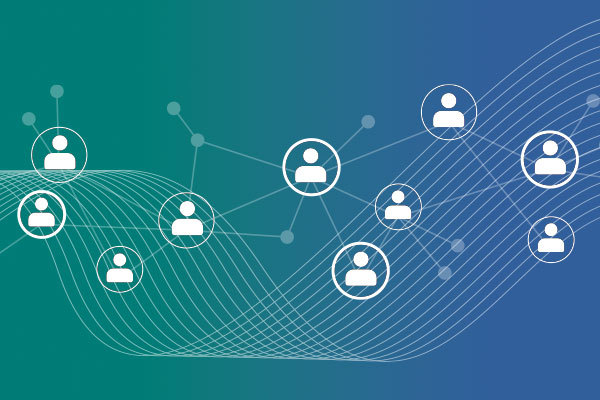COVID-19 Zoom Out: Be Ready for Prolonged Demand Drops and Employee Turnover
By Zilliant
Apr 28, 2020
In an ongoing blog series, we are exploring how companies can endure the COVID-19 pandemic with innovative short-term tactics while also strategically planning for a post-pandemic business environment. Check out the first two entries here and here.
B2B manufacturers, distributors and services companies are in uncharted territory as the disruptive force of COVID-19 churns along. There will be lasting changes to how we conduct business even after the pandemic passes. While most companies are in survival mode, we encourage taking a moment from immediate concerns to also consider what lies ahead. We expect B2B organizations to be confronted with some or all of the following long-term challenges:
Unplanned Inventory Limited Supply / On Allocation Limited Demand / Margin Pressure Employee Turnover Supply Chain Changes Touchless CommerceThe leaders who will thrive on the other end of this are considering these outcomes and preparing their organizations now. In today’s blog we will examine COVID-19’s long-term impact on demand and the threat of employee turnover.
Limited Demand / Margin Pressure
Even when we can safely say we’re in the post-pandemic era, the “normal” rate of demand won’t immediately return. Unfortunately, no one can flip a switch to make the global economy behave as if it were 2019 again.
In a recent MIT Sloan Management Review article, Alec Levenson, a research scientist at the University of Southern California advised that, “The idea that the economy will quickly return to normal once the pandemic is under control is unrealistic and even dangerous when it comes to long-term planning.”
Sharp drops in consumer demand have economists worrying about the onset of a deflationary period. On top of that, over 26 million U.S. workers have filed for unemployment since mid-March. That kind of shock to the system will force out-of-work citizens from across the socioeconomic spectrum to curb spending for months to come. Those still employed will be wary of increased uncertainty and will likely continue to use discretionary funds conservatively throughout 2020.
“With global demand savaged for at least one year and, after a short recovery, perhaps dulled for several more, a quick return to booming global trade seems unlikely,” according to the Foreign Policy Research Institute.
Demand will certainly return in some areas as the post-pandemic economy convenes. However, it will be gradual, uneven and highly competitive to attain. With many suppliers surely looking to reestablish themselves, and rely too much on price drops to regain or grow their businesses, there is likely to be even more downward pressure on margins. B2B companies will have to be thoughtful about the price at which they can or cannot afford to acquire new business.
We recommend conducting a thorough and data science-driven projection of post-pandemic demand. It’s important to understand the micro markets within your specific industry segment and to project out how each might fare as the economy comes back. In unison, a critical examination of your current pricing capabilities must be done. Do you have real-time market pricing capabilities – online and offline? Are you managing price in spreadsheets? Does your pricing team have the tools to respond to dynamic market change? Are you using data science to measure price elasticity, segment products and customers, and predict price response in the market?
If you are equipped with these capabilities, start turning those dials now. If not, it may be time to engage a pricing partner for a readiness assessment.
Employee Turnover
Many businesses have temporarily closed operations, furloughed employees and forcibly had to change how they make contact with customers. The U.S. food production industry, as an example, is in turmoil as virus-stricken workers have necessitated plant closings.
The longer businesses operate in this altered reality, the greater the risk of losing some personnel to unforeseen life events. With more on the plate of fewer staff members, the potential for employee burnout is also a real threat. The forward-thinking B2B leader will plan on meeting the post-COVID era with some redundancy built around critical functions and resources.
While we may be slightly biased, pricing is undoubtedly a critical function. Manual pricing methods may have worked passably pre-pandemic. But imagine coming out of this with a smaller staff, more pricing complexities and market and customer uncertainties. The old way of working will no longer cut it in a hyper-competitive and murky landscape. We advise honestly assessing your pricing performance and technology toolset, identifying where gaps exist, and forecasting how those gaps might be exacerbated as personnel challenges abound.
Stay tuned: In the next post, we will look at managing long-term supply chain changes and taking advantage of an increase in touchless commerce.
Ready to get a jump-start on post-pandemic strategy? Contact us today



